In a breakthrough study published in Science in September 2024, researchers from Stanford University and UT Dallas have discovered a way to make living skin transparent. By harnessing tartrazine—better known as Yellow No. 5, a food dye found in Doritos—the team altered the optical properties of mouse tissue. This innovative technique allows scientists to observe living biological structures in unprecedented detail, all while keeping the tissue alive. Notably, the process is reversible, presenting exciting new possibilities for medical research, imaging, and future treatments.
1. The Science Behind Transparency
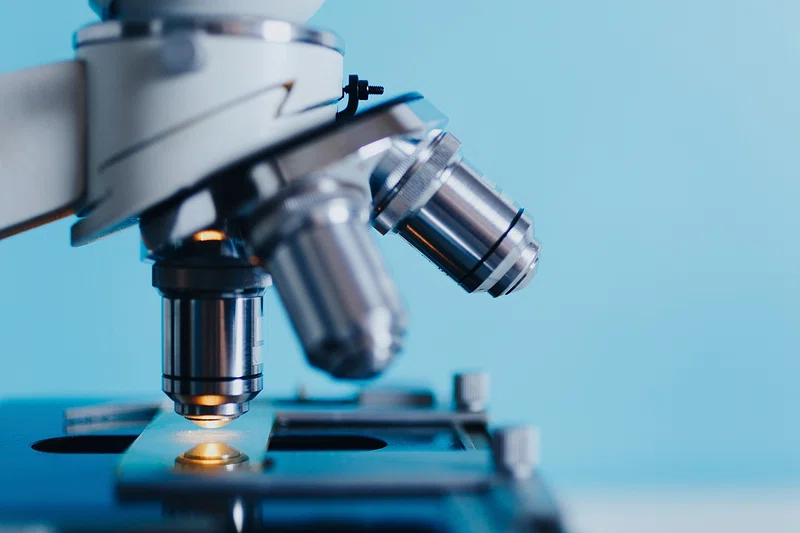
The Stanford and UT Dallas researchers achieved skin transparency by carefully matching the refractive index of living skin cells with specialized surrounding molecules. This alignment significantly reduces light scattering, making it possible to see deep into tissues that were previously opaque. While optical clearing has been used on fixed tissues before, applying it to living, breathing systems is a major advance. The result: scientists can now study living biological structures in real time with remarkable clarity.
2. What is Tartrazine (Yellow No. 5)?
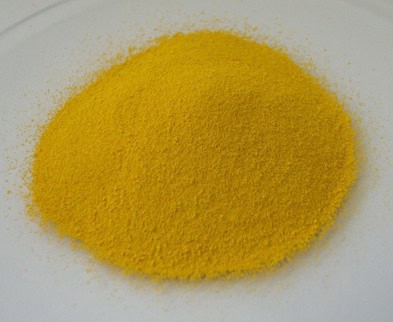
Tartrazine, commonly labeled as Yellow No. 5, is a synthetic lemon yellow dye found in popular foods such as Doritos, candies, and sodas.
Its widespread use and well-established safety profile made it a logical choice for this research.
Importantly, tartrazine’s unique optical properties enable it to help match tissue refractive indices, a key factor in the transparency process.
For more information, see
this resource.
3. How Tartrazine Alters Skin’s Refractive Index

By immersing living skin in a tartrazine solution, the researchers found they could temporarily adjust the tissue’s refractive index.
This adjustment allows the skin’s normally scattered light to pass through smoothly, making the tissue appear almost invisible.
The technique works by effectively ‘blending’ the skin’s light-scattering components with their surroundings.
As a result, scientists can observe intricate structures deep within living tissue without destructive procedures.
For further reading, visit
this Science article.
4. Reversibility of the Process

One of the most remarkable features of this approach is its reversibility.
After imaging, simply rinsing the skin with water removes the tartrazine, allowing the tissue to regain its natural appearance with no visible harm or lingering effects.
This gentle process makes it ideal for repeated or temporary imaging in living subjects.
More details can be found in
the original study.
5. Applications in Medical Imaging

Making living skin transparent opens up exciting new possibilities in medical imaging.
Researchers can now directly observe blood vessels, nerves, and cellular processes in real time, all without invasive procedures.
This technique could lead to more accurate diagnostics, better monitoring of wound healing, and innovative approaches to studying drug delivery and disease progression.
For a deeper dive into these applications, see
this Nature article.
6. Comparison with Previous Optical Clearing Methods
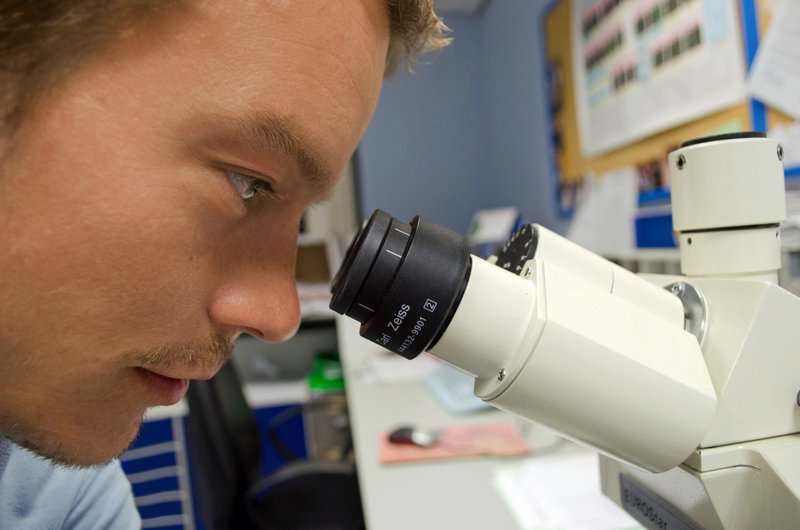
Earlier optical clearing methods often relied on harsh chemicals and were restricted to preserved or non-living samples.
In contrast, the tartrazine-based technique is both biocompatible and effective for use on living tissue.
This significant improvement allows researchers to study dynamic biological processes safely and repeatedly.
Explore more details in
this ScienceDaily report.
7. Role of Stanford and UT Dallas Collaboration
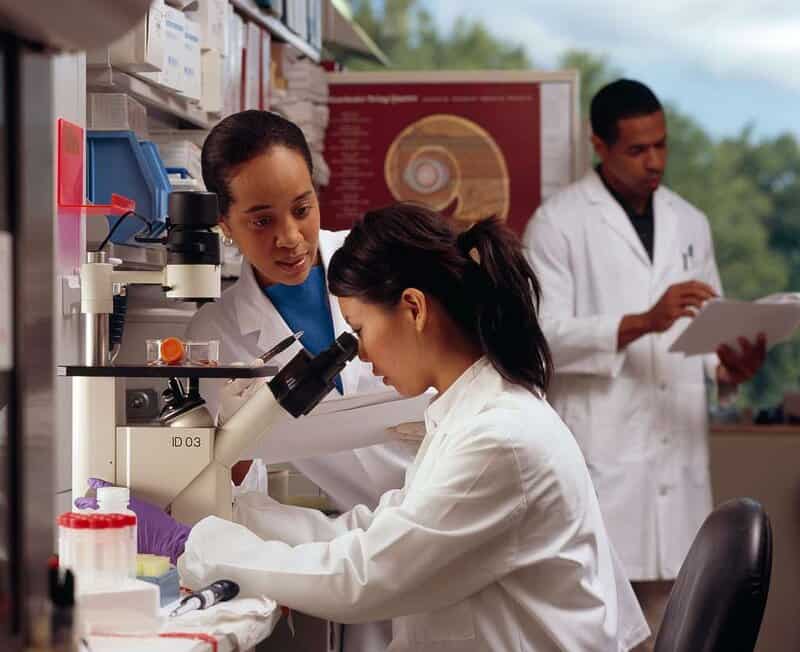
This groundbreaking research was made possible by a close collaboration between Stanford and UT Dallas.
Stanford’s strengths in biophotonics complemented UT Dallas’s leadership in chemical engineering.
The interdisciplinary teamwork enabled rapid innovation and successful testing of the transparent skin process.
Read more about the collaboration at
Stanford News.
8. Testing on Live Mice

The initial phase of the research involved live mice as test subjects.
The scientists successfully achieved skin transparency in real time, all without causing harm or stress to the animals.
After the tartrazine was washed out, the mice quickly returned to normal behavior, confirming the method’s safety and reversibility.
The transparent effect persisted only while the dye was present.
Further details are available in
the research update.
9. Ethical Considerations
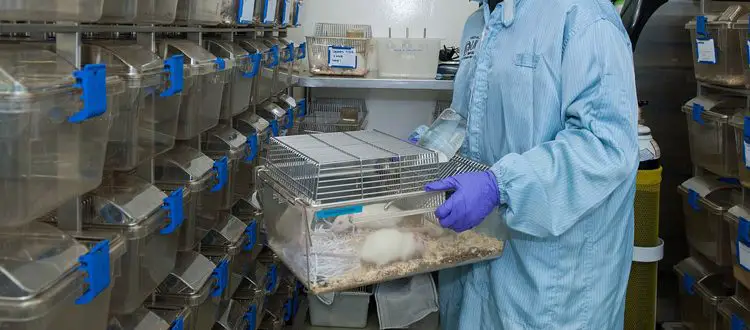
The research team strictly followed ethical guidelines for animal studies, as outlined by the NIH.
Minimal distress was ensured throughout the experiments, and the reversible, non-toxic properties of tartrazine offered additional safety for the mice.
For more on ethical standards in animal research, visit
the NIH resource.
10. Potential for Human Applications
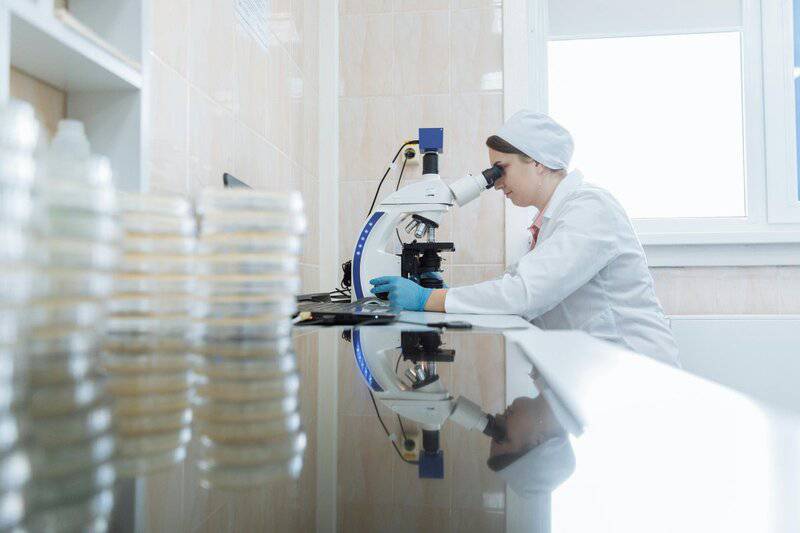
While the technique has so far been tested only on mice, its reversible and non-toxic nature makes it a promising candidate for eventual use in human medicine.
Possible future applications include non-invasive monitoring and improved surgical procedures.
Comprehensive safety studies will be necessary before clinical trials can begin.
For more on transparent tissue technologies, see
Scientific American.
11. Impact on Cosmetic and Dermatological Research

The ability to render living skin transparent offers a powerful tool for cosmetic and dermatological research.
Scientists could observe how skin diseases progress, evaluate cosmetic treatments, or test new skincare products—all without invasive procedures or biopsies.
This approach promises safer, more accurate studies.
For further reading, visit
the American Academy of Dermatology.
12. Temporary Nature of the Transparency
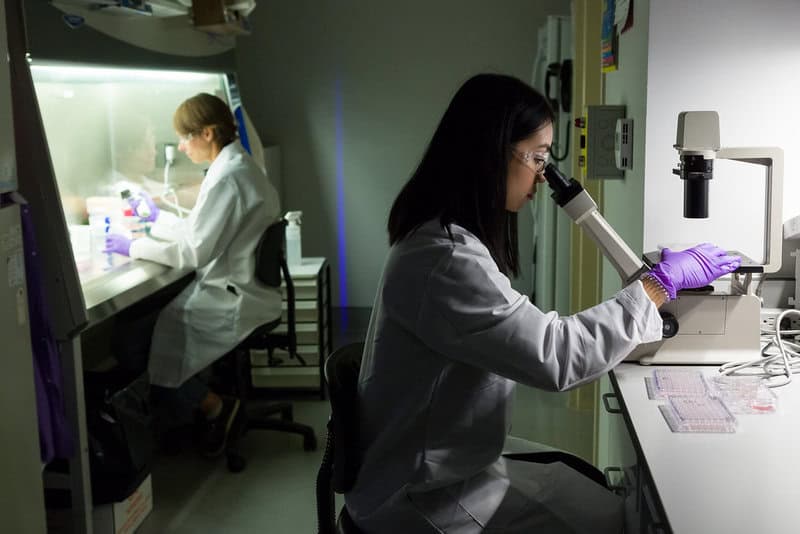
A key advantage of this method is its temporary and fully reversible effect.
Unlike permanent tissue alterations, the transparency fades once tartrazine is removed, minimizing any long-term risks.
This makes the approach especially appealing for both research and clinical applications.
More information can be found in
the study update.
13. Safety and Side Effects

The study observed no significant side effects from using tartrazine in the transparency process.
Tartrazine is generally recognized as safe by regulatory agencies when used within approved limits, and researchers reported no signs of irritation or toxicity in their animal models.
For further details, refer to the
FDA’s guidance.
14. How to Reverse the Effect

To return skin to its original state, the process is as simple as rinsing with water.
This washes out the tartrazine, causing the tissue to lose its transparency and regain normal appearance and function.
For more details, see
the official research announcement.
15. Broader Implications for Biomedical Imaging
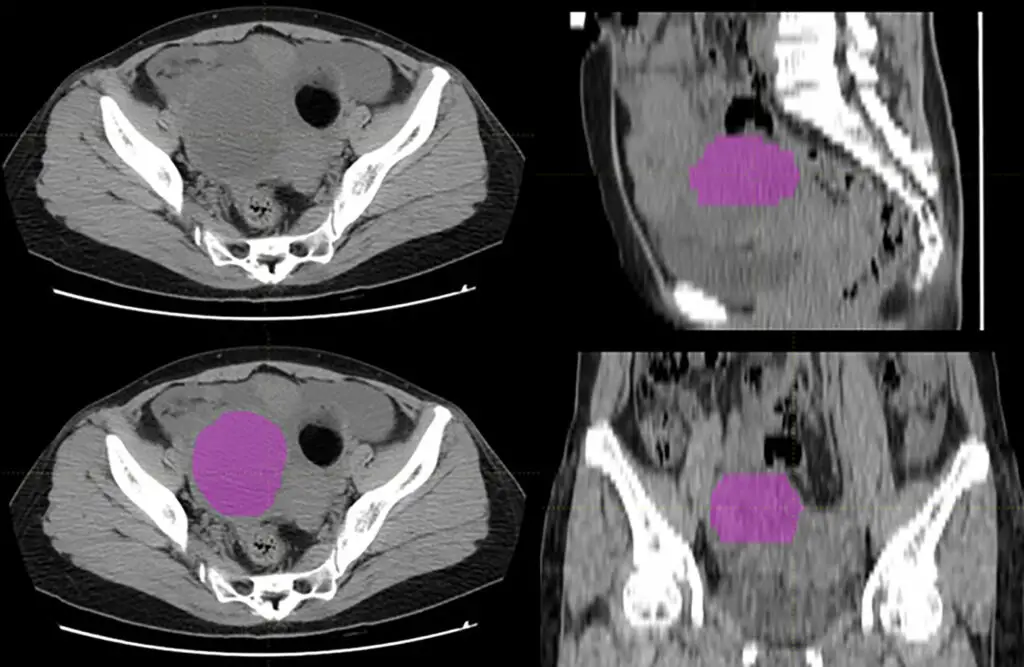
The innovative use of tartrazine for tissue transparency could significantly advance live biomedical imaging.
Researchers may soon gain clearer, real-time views of organs, tumors, and vascular systems, aiding studies in cancer, neuroscience, and regenerative therapies.
This method paves the way for deeper, safer exploration of living systems.
Learn more in
this Nature article.
16. Limitations of the Current Research
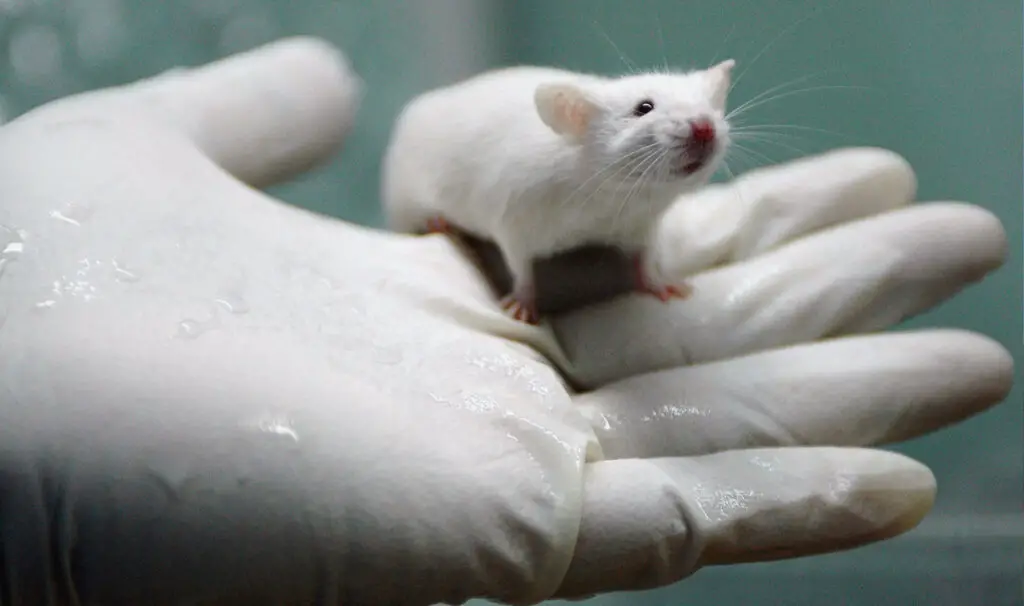
At present, this transparency technique has only been demonstrated in small animals like mice.
Scaling the method for use in larger or thicker tissues, as well as verifying long-term safety in humans, remains a significant challenge.
For more on these limitations, refer to
the Science article.
17. Public Perceptions and Media Response

The surprising use of a snack food ingredient in biomedical research has captured the public’s imagination and generated significant media buzz.
Stories about transparent skin and Doritos have made headlines, underscoring the remarkable ways everyday substances can drive scientific breakthroughs.
See coverage at
NBC News.
18. How This Differs from Invisibility

It’s important to note that this method does not make animals invisible in the traditional sense.
Instead, it renders skin transparent to certain light wavelengths for imaging purposes only.
The animals maintain their normal appearance under everyday lighting.
This technique is purely for scientific observation and does not confer actual invisibility.
For clarification, see
Scientific American.
19. The Unexpected Role of Food Science in Medicine

This discovery highlights the unexpected links between food science and medicine.
Ingredients like tartrazine, typically found in snacks, are now at the forefront of biomedical innovation.
Such cross-disciplinary breakthroughs show how everyday food additives can inspire and enable new approaches in medical technology.
Read more at
NPR.
20. Future Directions and Research

Looking ahead, the research teams intend to refine the technique, extend testing to larger animal models, and evaluate possible clinical applications for humans.
Scientists are also interested in identifying other biocompatible dyes that might offer similar or enhanced transparency effects.
This ongoing work could further expand the impact of transparent tissue technology.
For additional insights, see
Science.
21. The Broader Context: Optical Clearing in Life Sciences
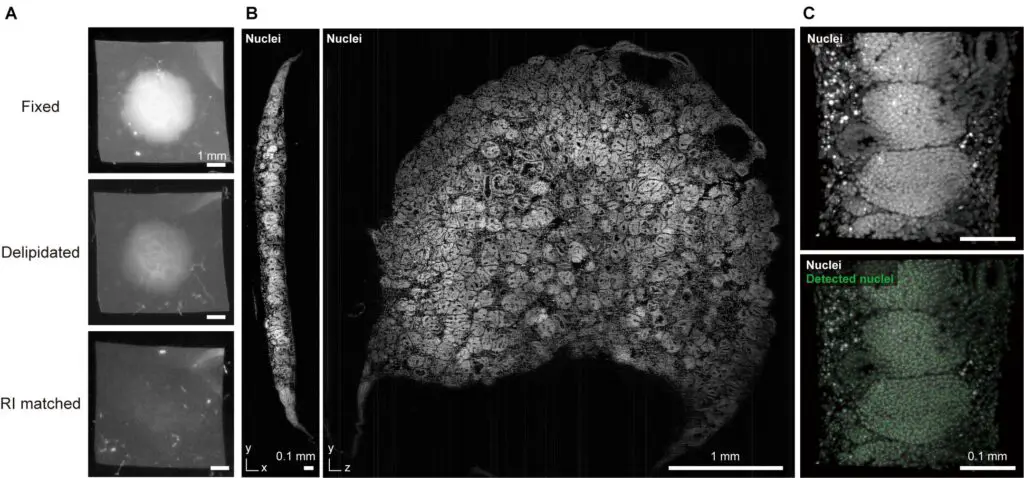
This breakthrough fits within a growing trend toward optical clearing in the life sciences.
Such techniques allow researchers to peer deeper into tissues and organs while minimizing harm or destruction.
The Stanford and UT Dallas approach joins other innovative tools transforming the field of biological imaging.
For more on optical clearing, see
this Nature article.
22. Key Takeaways
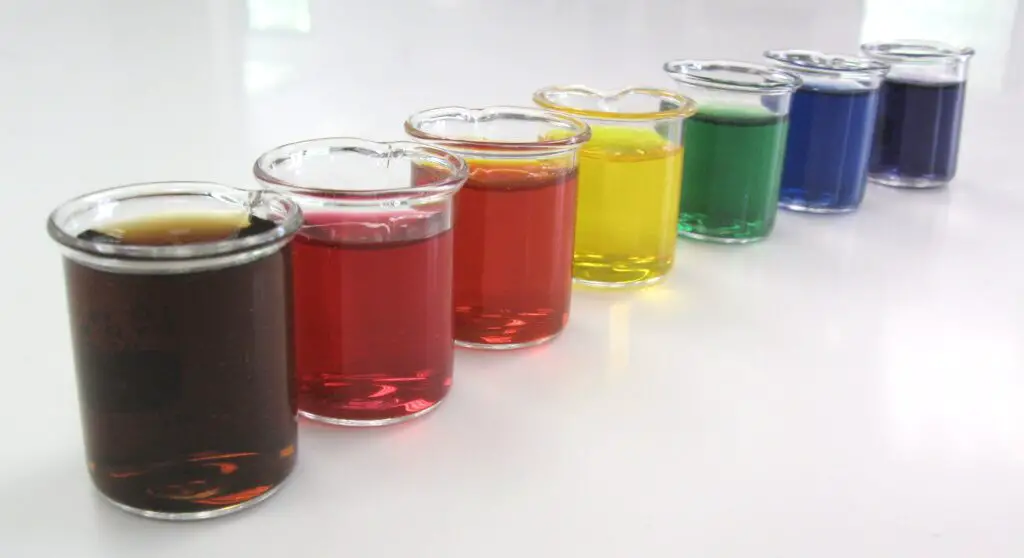
This research from Stanford and UT Dallas shows that a common food dye can be used to safely and reversibly make living skin transparent.
The method’s simplicity and effectiveness open up exciting new possibilities for medical imaging, research, and potential clinical applications in the near future.
Conclusion
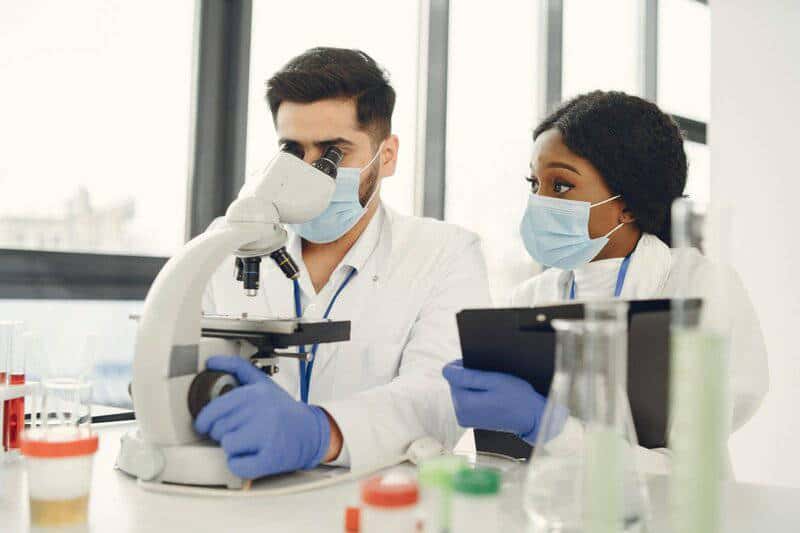
The innovative use of tartrazine to achieve transparent living skin highlights a surprising intersection of food chemistry and cutting-edge biomedical research.
The technique’s reversibility, safety, and effectiveness position it as a game-changer for scientific discovery and clinical practice.
As further studies build on this work, we may see medical imaging, diagnostics, and therapies transformed by such cross-disciplinary breakthroughs.
This research is a powerful reminder that unexpected connections can drive progress in human health.
Disclaimer

This article provides an overview of recent scientific developments and is intended for informational purposes only.
It does not offer medical advice. For personal health concerns, always consult a qualified healthcare professional.

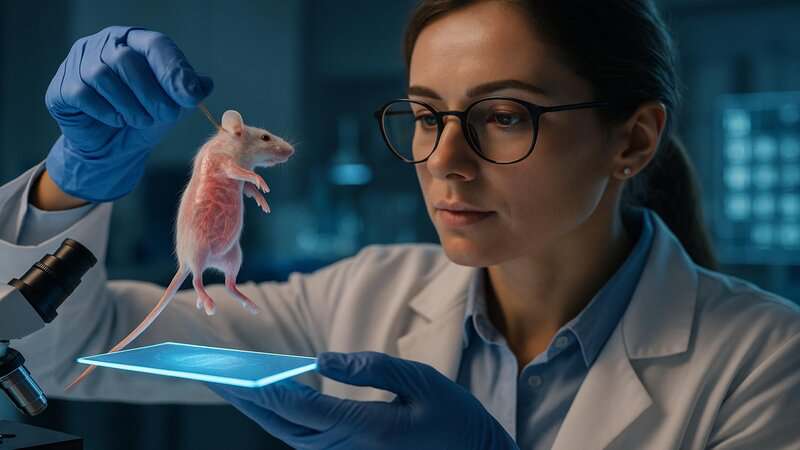

Vielleicht interessiert es Sie:
Wussten Sie! Minensuchratten auf dem Schlachtfeld und sie sind super effektiv!
Wie viele Giraffenarten gibt es? Leben sie alle in Afrika?
Der Vogel ist das Weibchen der Vögel: wahr oder falsch?
Warum bauen Biber Dämme? Welchen Nutzen?
Warum leben manche Tiere nachtaktiv? Welche Vorteile?
Küssen Tiere? Ist das die gleiche Bedeutung wie Menschen?
200+ Hilarious Seahorse Jokes That Will Make You Smile and Giggle
200+ Funny Investment Jokes to Boost Your Financial Humor Game